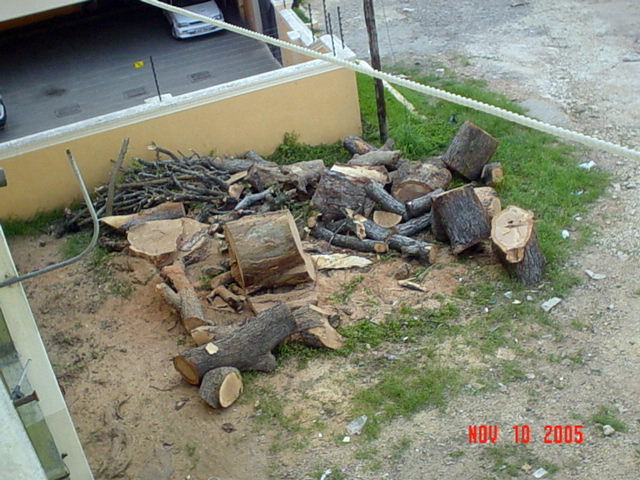Prologue: There is a frieze in the Supreme Court building that depicts the Prophet Moses and the Holy Prophet Mohammed, may peace be on him among others.
Source: The following information was collated from the Supreme Court web site
The frieze, which is a sculpture installed in a wall, were sculpted by Adolph Weinman in 1932. Weinman sculpted 18 people through history who have had an impact on our concept of law, as well as allegorical figures depicting some great legal concepts.
The lawgivers: Menes (first king of the first dynasty of Egypt); Hammurabi (king of Babylon, creator of the Code of Hammurabi); Moses (shown holding the Ten Commandments); Solomon (king of Israel); Lycurgus (legislator of Sparta); Solon (lawgiver of Athens, codified and reformed Athenian law); Draco (first lawgiver of Athens); Confucius (Chinese philosopher); Octavian (first emperor of the Roman Empire); Justinian (Emperor of Byzantine, father of the Justinian Code); Mohammed (shown holding the Koran); Charlemagne (Roman emperor, founder of the Holy Roman Empire); King John (shown holding the Magna Carta); Louis IX (King of France, creator of the first appeals court); Hugo Grotius (author of the first book on international law); William Blackstone (English law professor whose work influenced English and American law); John Marshall (Chief Justice of the Supreme Court, 1801-1835); Napoleon (Emperor of France, influenced the Napoleonic Code)
Source: WND – America's Independent News Network
The stone sculptures of 18 lawgivers, from Hammurabi to John Marshall, are meant to signify the law's foundation in a stable society. Included is Moses with the Ten Commandments.
The artwork, which is high above the justice's mahogany bench, was designed by sculptor Adolph A. Weinman for the building, which opened in the 1930s. Muhammad is between Charlemagne and Justinian.
The Muslim cartoon controversy erupted in violence a week ago over satirical drawings of Muhammad published in September by Denmark's Jyllands-Posten. The paper said it wanted to make a point about media self-censoring criticisms of Islamic terrorism.
Omar Bakri Mohammed, the radical British Muslim cleric, told BBC Radio 4 yesterday the cartoonists should be tried and executed under Islamic law.
In 1997, the Council on American-Islamic Relations, or CAIR, protested the Supreme Court's Muhammad sculpture, saying, according to its annual report for that year, "While appreciating the fact that Muhammad (p.b.u.h.) was included in the court's pantheon of 18 prominent lawgivers of history, CAIR noted that Islam discouraged its followers from portraying any prophet in paintings, sculptures or other artistic representations."
CAIR also said it was concerned that Muhammad "was shown with the Quran, Islam's Holy Book, in one hand and a sword in the other, reinforcing long-held stereotypes of Muslims as intolerant conquerors."
Responding to the complaint, then-Chief Justice William Rehnquist told CAIR the image could not be changed and explained that swords also were used throughout the court's architecture as symbols of justice.
"Altering the depiction of Muhammad would impair the artistic integrity of the whole," Rehnquist wrote. "Additionally, it is unlawful (under the U. S. Code) to remove or in any way injure an architectural feature in the Supreme Court."
But the federal government revised tourist literature at the court to show more respect for Islamic beliefs. Text that called Muhammad the "founder" of Islam was changed to say Muslims believe "the divine word of God … was revealed to Muhammad."
The literature also added, "The figure is a well-intentioned attempt by the sculptor to honor Muhammad, and it bears no resemblance to Muhammad. Muslims generally have a strong aversion to sculptured or pictured representations of their Prophet."
The Muslim Times' Chief Editor's comments
I am personally very happy to learn and document this information. Our joy in the genuine recognition of the Prophet, far out weighs any concerns about his picture, painting or sculptor in this day and age, in my opinion. I applaud the expression in federal government literature: "The figure is a well-intentioned attempt by the sculptor to honor Muhammad, and it bears no resemblance to Muhammad."
-----------------------------------------------------------------------------------------------------------------------------------------

No comments:
Post a Comment